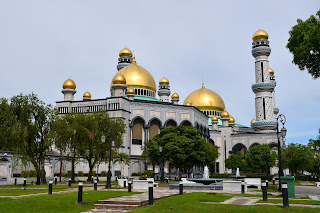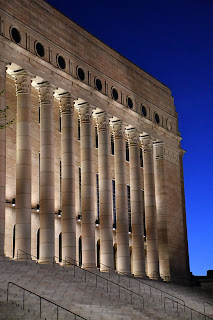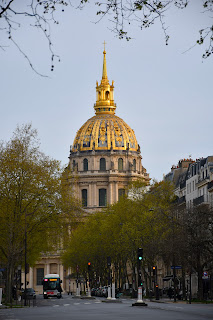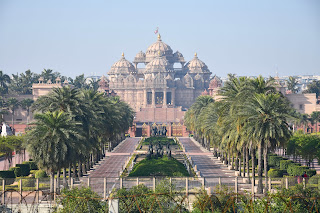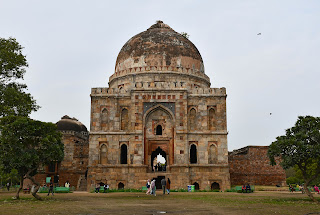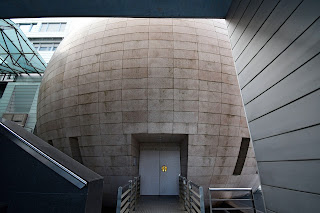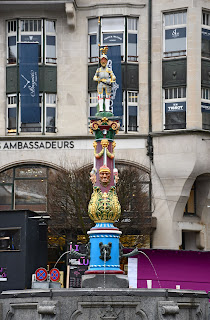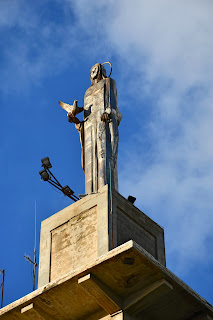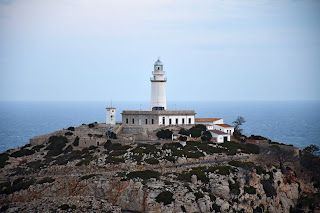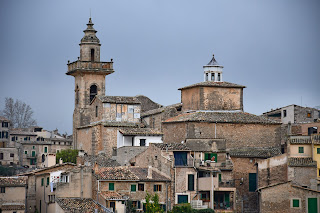Madrid in Two Days

My train left Málaga as scheduled at 7:30 in the morning, calling at Antequera and Córdoba before reaching Madrid at half past ten. I had an hour to kill until my friend Victoria arrived from Barcelona, so I took a short walk from the train station, passing by the Lope de Vega House Museum on the way to the Metr ópolis Building. From the eastern end of the Gran Vía, I looped back along the Cibeles Fountain, and we met at a brunch restaurant close to the train station. A long queue, I noticed, was snaking its way along the Museo del Prado, so we decided to visit it first thing in the morning the next day rather than in the afternoon.





































